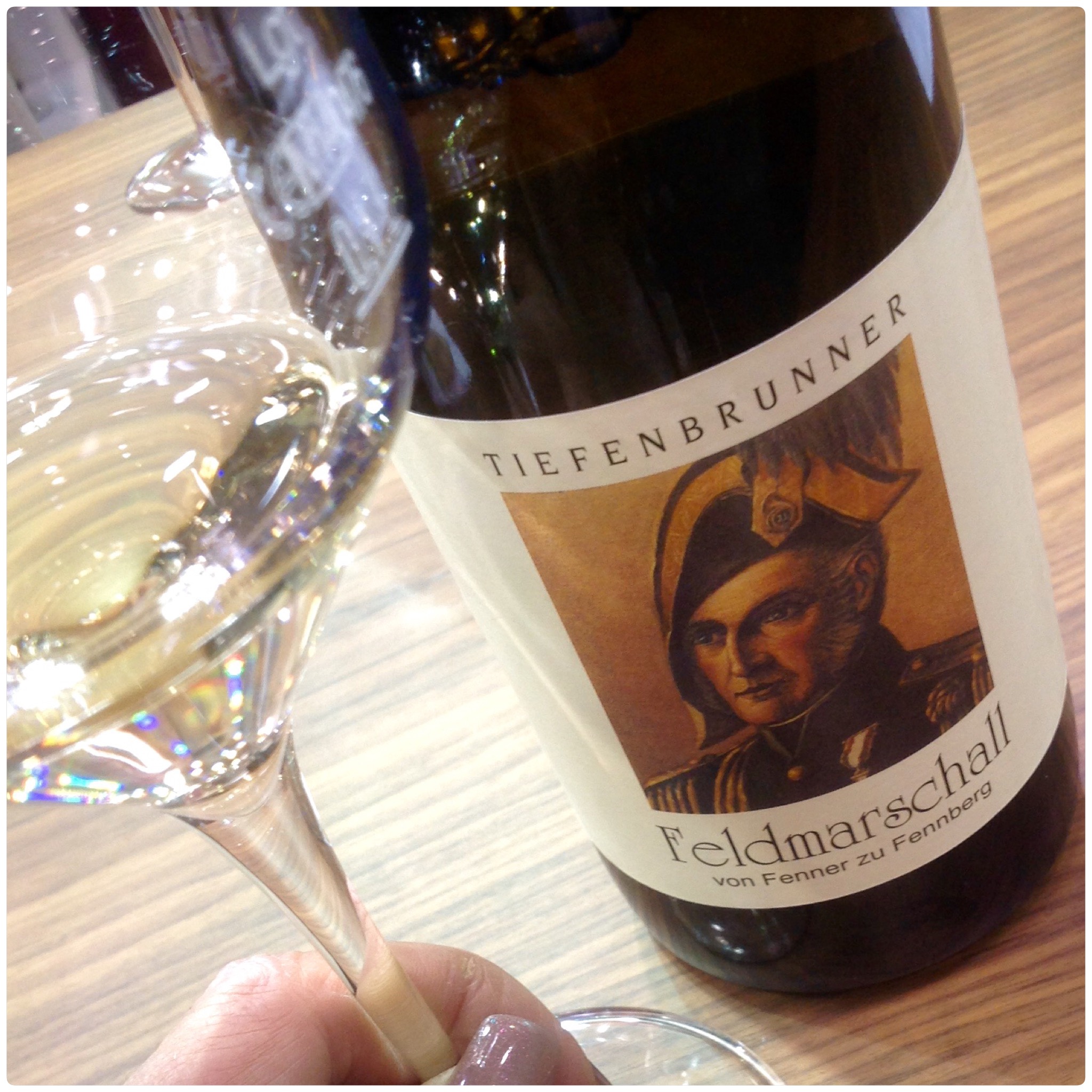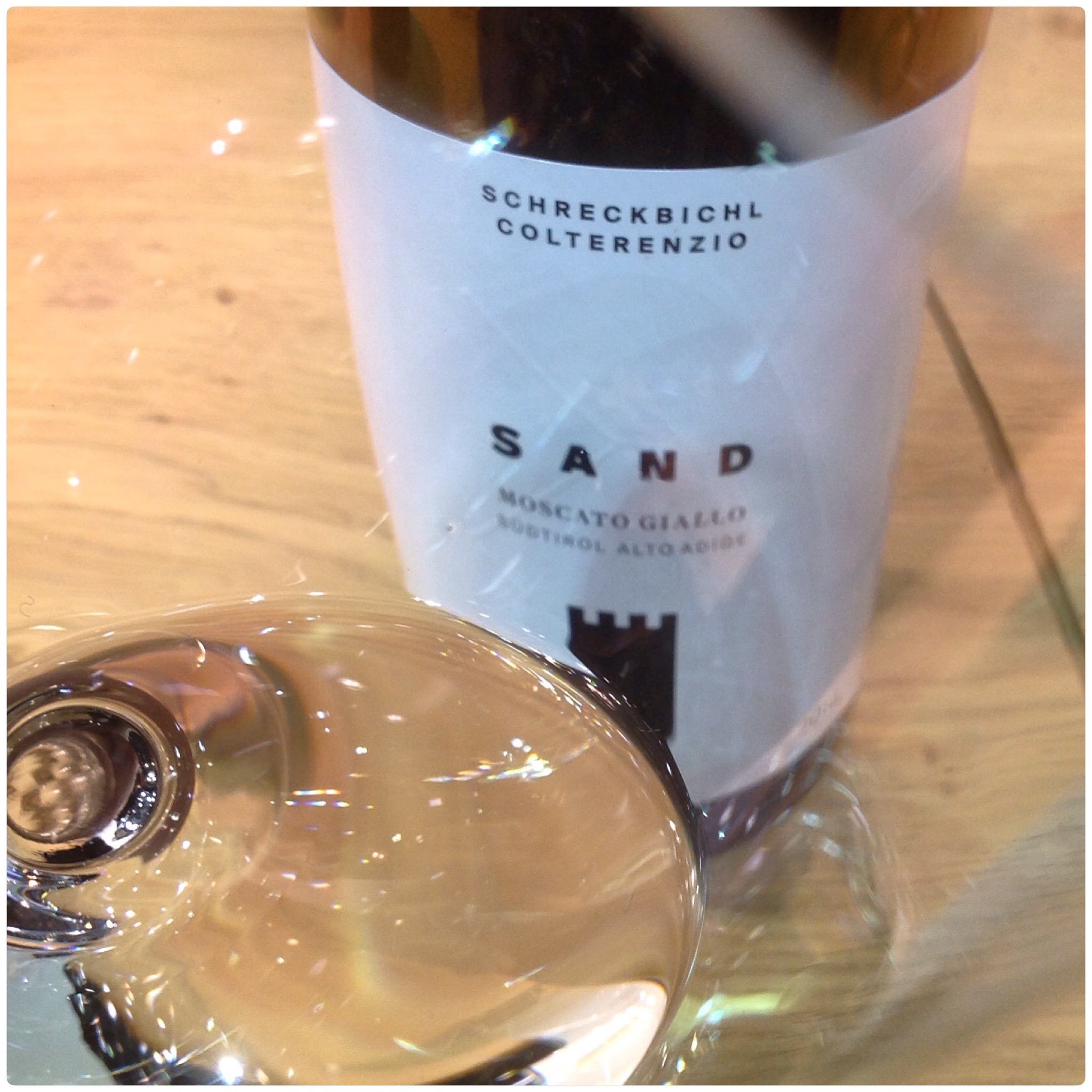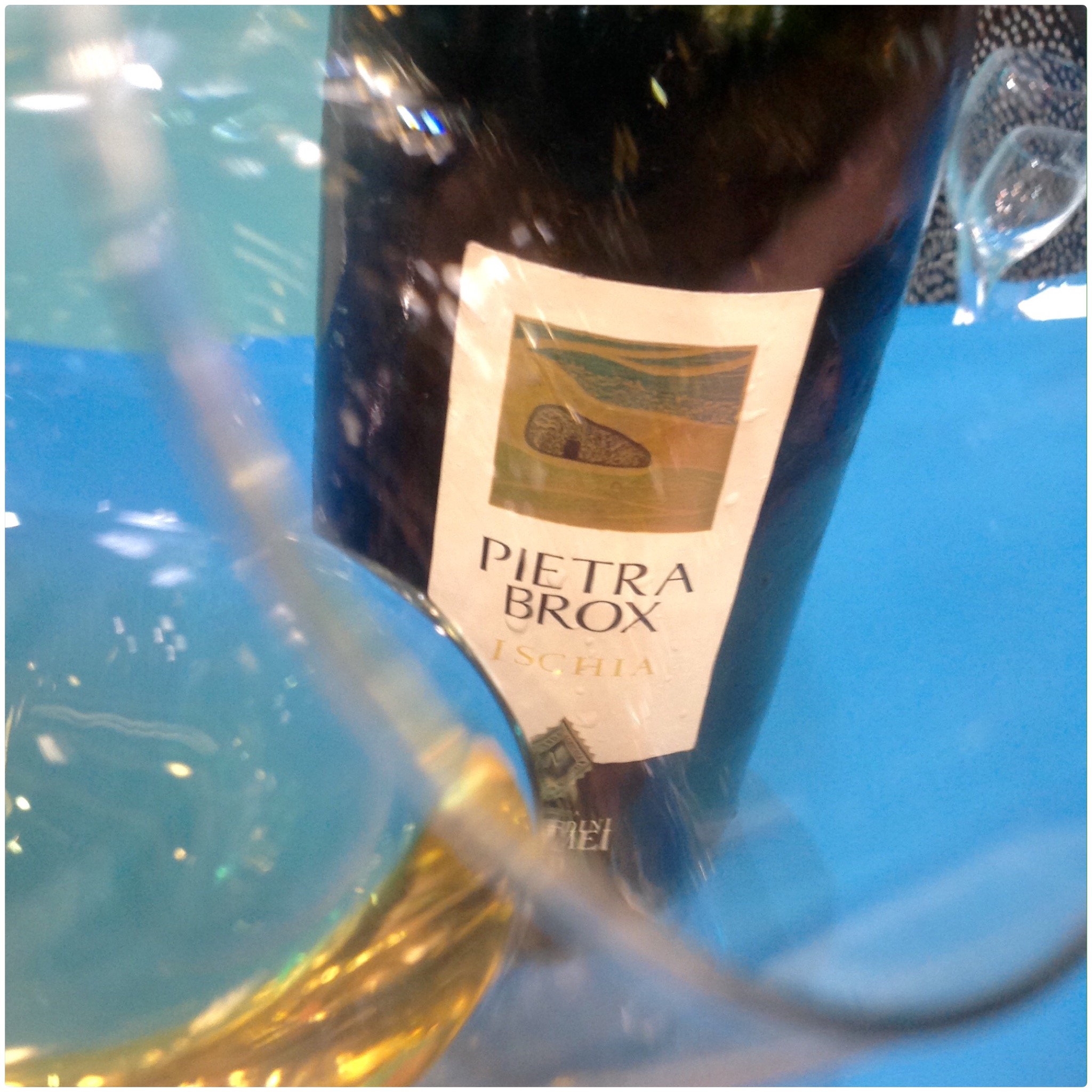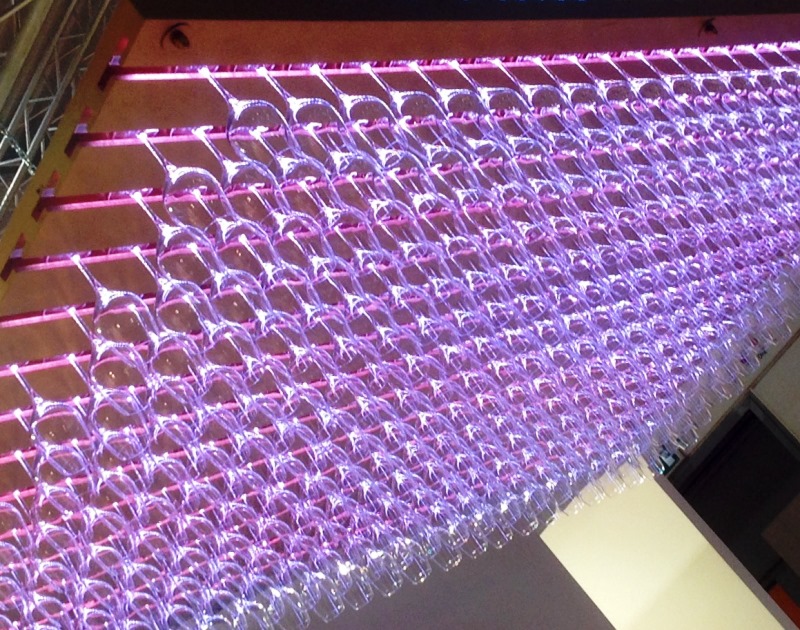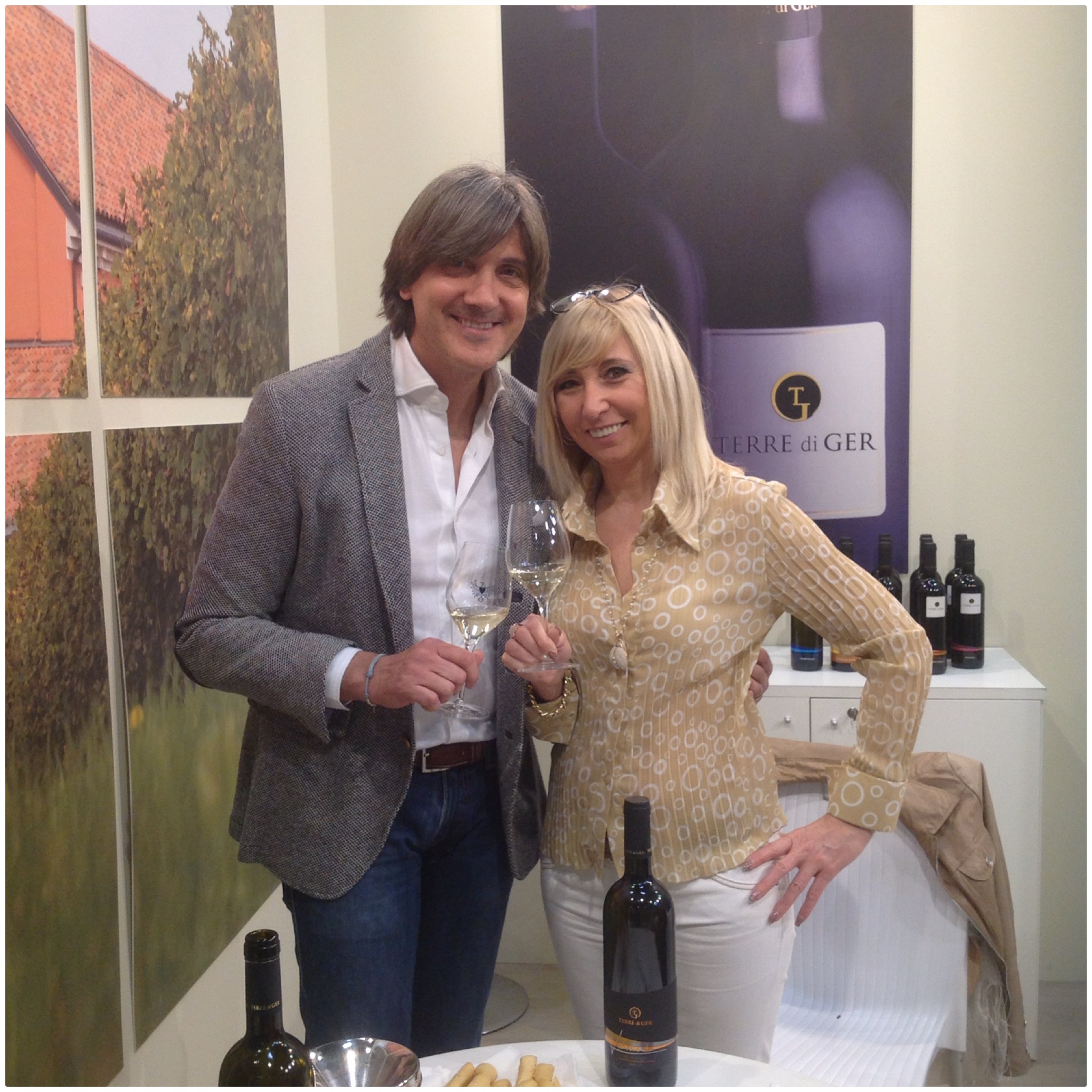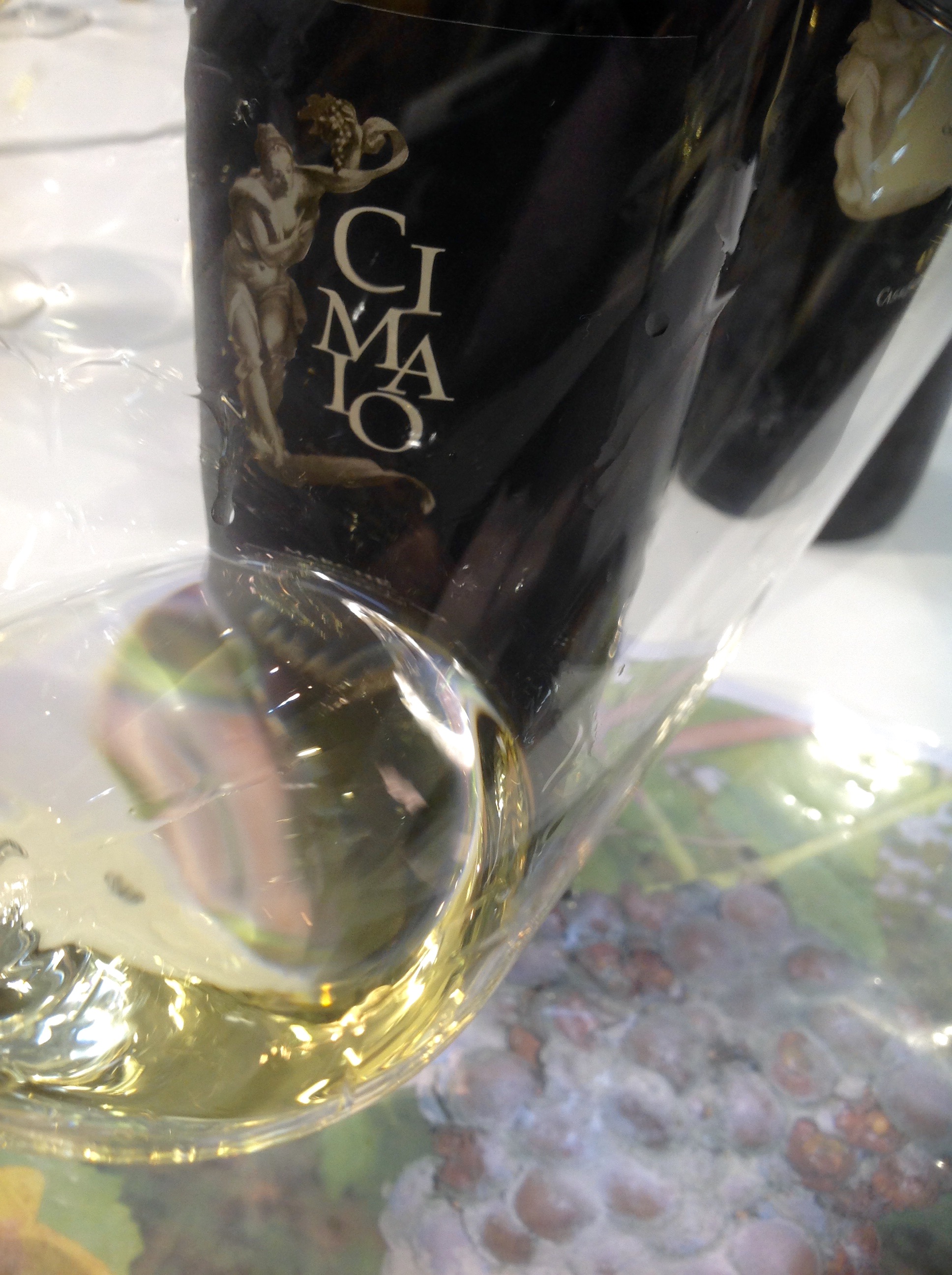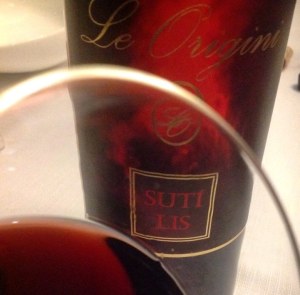UV-C rays, a precious help for sustainable viticulture. #ICAROX4
My discussion today is on UV-C rays, or better, on their germicidal power. I refer to electromagnetic radiation with a wavelength between 100 and the 280 nanometers capable of neutralizing the biological agents responsible for the onset of the main cryptogamic diseases of the vine, and not only. Be’, so far I would say nothing new, since the antibacterial and antifungal abilities of these waves were already tested in 1929. A valid help to reduce, or even eliminate, the many phytosanitary treatments unfortunately necessary in viticulture. I wonder at this point what are you expecting to use them?! The answer is simple: the right technology!
Well, there is an all-Italian green technology project, and more precisely Treviso: ICARO X4. A robot that radiates UV-C rays created for totally abolish chemistry in agriculture with a maximum coverage capacity of 10 ha. A hybrid rover with its own environmental laboratory installed in the area to be treated, capable of detecting wind speed through sensors, the temperature, humidity, the dew point, rain and other useful parameters.
A design almost in the pipeline developed by an innovative startup – Free Green Nature – founded by two partners who, thanks to their experience, they have combined mechanics and electronics. The result of this commitment has given life to a robotic unit that meets the needs of one increasingly sustainable viticulture. A dream of many, especially of those who want to be good for the environment.
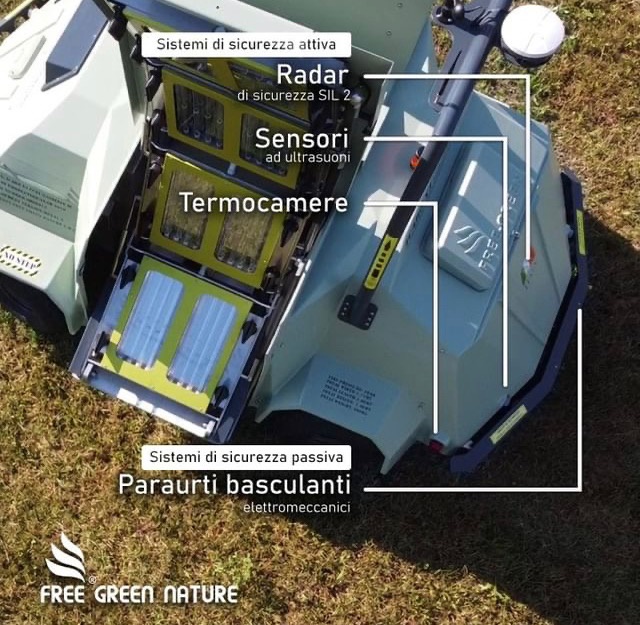 The effect of UV-C rays on the DNA of bacteria, yeast and virus has been known for some time. The direct irradiation of long electromagnetic waves 260 nanometers, irreparably damaging the DNA of these pathogenic microorganisms, prevents their reproduction. But I wonder how this robotic unit behaves with all the other forms of life so important in the complex ecosystem of the vineyard.
The effect of UV-C rays on the DNA of bacteria, yeast and virus has been known for some time. The direct irradiation of long electromagnetic waves 260 nanometers, irreparably damaging the DNA of these pathogenic microorganisms, prevents their reproduction. But I wonder how this robotic unit behaves with all the other forms of life so important in the complex ecosystem of the vineyard.
To clarify my doubts, I asked some questions to Valter Mazzarolo, research and development director of Free Green Nature.
- Speaking of organic viticulture, the protection of beneficial insects is very important for respecting the complex ecosystem present in the vineyard. I have read that the robotic unit you have designed provides a treatment accompanied by a powerful jet of air that has the function of moving the foliage to spray all parts of the vine and at the same time keep away the beneficial insects. Am I right?
Yes correct, this is a consequence, although in reality the function is also useful for other aspects that are part of our industrial and patented secrets.
- As already written ICARO X4 radiates UV-C rays, electromagnetic radiationwith antibacterial and antifungal properties. Reiterated this, I wonder if, as well as eliminating fungi and bacteria, it can also have a destructive effect on the other microorganisms present in the vineyard. I am referring in particular to natural yeasts, unicellular fungi present on the vine, whose presence is important for those winemakers who, through spontaneous fermentations, they aim to obtain natural wines with greater identity.
Treatment is not really a destructive killer, it depends on the energy we go to “sprinkle” as it is managed by the central computer which provides for a gradual descent to allow development and reformation before the harvest, with tables according to the environmental parameters collected by an analysis station placed in the field. It goes without saying that Italy is the home of inventors, but companies of our level that have invested millions of euros e 28 years of research certainly not “slip” on these easily solved trivialities, on the contrary there are much more important aspects that we jealously guard.
- ICARO X4 acts at night and in complete autonomy for human safety. A machine designed also for small productions and heroic viticulture?
No, the robot also acts at night for other fundamental aspects for the success of the protection system, it depends on which disease must be eradicated or better neutralized. If powdery mildew or downy mildew, protection for operators and therefore man, it is served by SIC2 certified active and passive electronic systems for autonomous navigation.
Cynthia, our company is preparing a quality automated and robotic production at the highest technological levels. The hope is to be an example for future generations.
Free Green Nature www.freegreen-nature.it Way to work, 31B – Colle Umberto (TV)
Credit photo Free Green Nature
